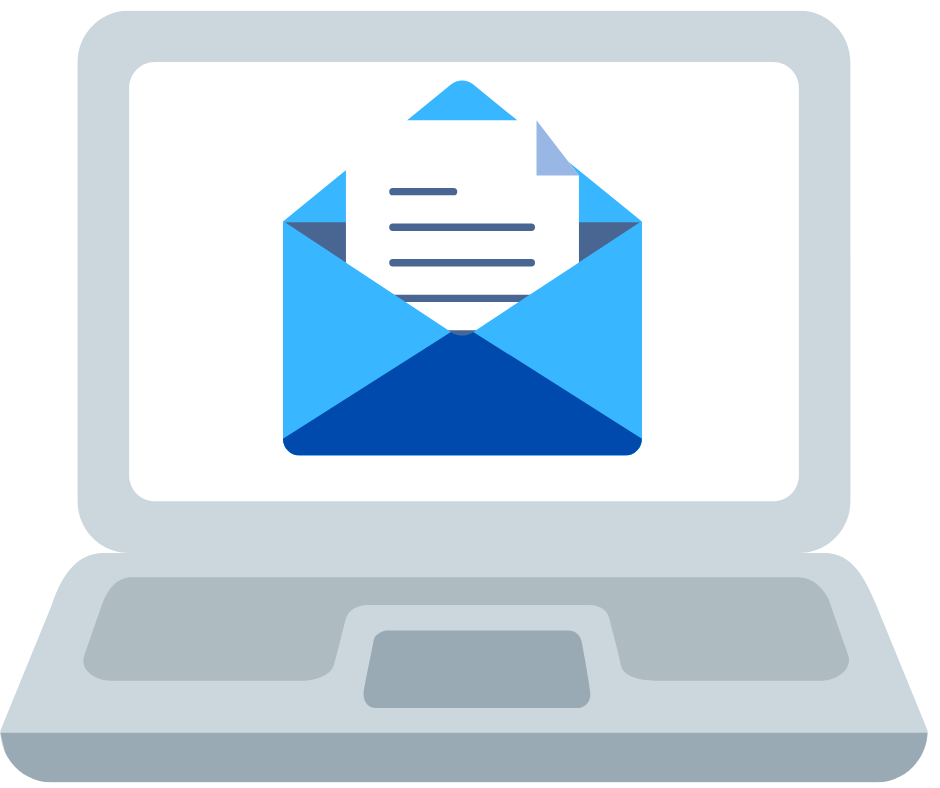How to Get Better Email Open Rates
Ready to boost your SEO ?

How to Get Better Email Open Rates
Email marketing is one of the most effective ways you can connect with your customers and reach new ones. For every dollar spent on email marketing you can expect a return of $42. But if your average email open rate is below the industry average of 15%, you may not be getting the full benefits of this powerful marketing channel. We’ve outlined the most common factors that can affect your email open rate, and how to get better email open rates for your next campaign.
Factors That Affect Your Open Rate
1. Subject Lines
The first place to look after a poor email campaign performance is your subject line. Keep in mind yours is not the only email your customer gets. People are inundated with emails from work, friends, past purchases, newsletters, and updates. Was your subject line compelling enough to stand out from the rest? Or did it contain a common spam trigger word such as “urgent,” “free,” or “cash?” Was it more salesy than informative?
What You Can Try:
Personalization: To get better email open rates, make sure you’re capturing more than just names and emails in your contact list. Include more information such as region, industry, interests, past purchases, etc. The more information you have the more options you have to use personalization. That way you can then include some of this information in your subject lines. Play around with subject lines that mention the prospect’s company name, industry, recent purchase, pain point (if you’re capturing that in forms). They are more likely to open an email that seems to speak to them directly.
Using title case (first letter of each word capitalized) rather than sentence case (only first letter capitalized) or all lowercase can also improve open rates. However if your subject line is long it can have the opposite effect. Try to keep your subject lines between 5 to 6 words (up to 35 characters).
2. Opens by Device
Statistics show opening emails on a mobile device account for 46% of all email opens. And 35% of business professionals check their email on a mobile device. Emails look very different on mobile devices than they do on desktop. Overlong or irrelevant subject lines aren’t going to get opened.
What You Can Try:
Remember to keep your subject line short, relevant to your audience, and to the point. For better mobile email open rates, take advantage of the preheader text, which displays below the subject line on many mobile devices and allows the reader to know a little more about what’s in the email. This is a great opportunity for you to include a CTA, an offer, or more information you couldn’t fit into the main subject line. The key is making it compelling enough to open the email. NOTE: if you are not populating the preheader text yourself, some emails will auto generate information from the body of the email, but this can backfire and insert other text from the email such as the unsubscribe text. Always test your sends to see how it renders on mobile as well as desktop.
3. Timing Your Email
While most people check emails early in the morning they’re more likely to open them a little later in the morning. Statistics vary by industry, but on average sending emails later in the morning between 10 AM to 12 noon will get you the most opens. Waiting until 2:00 PM is another popular time for good open rates. The most popular days for opens are Tuesdays, Wednesday and Thursdays. But what can you do if your open rates are still low even using these popular times?
What You Can Try:
Test different email send times and days based on what you know about your audience. Are your contacts mostly B2B? Are they more likely to check email in the evening? If your data shows that morning sends aren’t getting email opens, try later in the day. Tuesday sends aren’t working for you? Try scheduling the email on Thursday. Experiment with sending emails off business hours, 7PM to 10PM, when many people check their email and aren’t distracted by work.
Remember to stagger your email sends by time zone if your contacts live across the country.
4. The Sender Name and Email
The sender name and email address affects open rates as much as subject lines, and in most email clients it’s the first item a prospect sees when the email lands in their inbox. The sender name and their email should look like they are the same person. If, for instance, the sender email is jane@gmail.com and the sender name is Ted Smith they may not open the email or it may even end up in their junk folder. And don’t send emails from a no-reply email.
What You Can Try:
Experiment with name variations. People are more likely to open an email from a person rather than a company, so you may want to try a first name/company combination (Jill at Company), a first and last name/ company name combination (Jill Smith at Company), or test a first and last name with no company name (Jill Smith). Make sure the sender email address looks like it comes from a person, rather than info@companyname or sales@companyname.
Consider these factors to get better email open rates and you'll achieve the first step to a successful email campaign. Keep testing different tactics to see what’s working for your organization to learn what can be improved.
with a Booster program for Healthcare companies.
